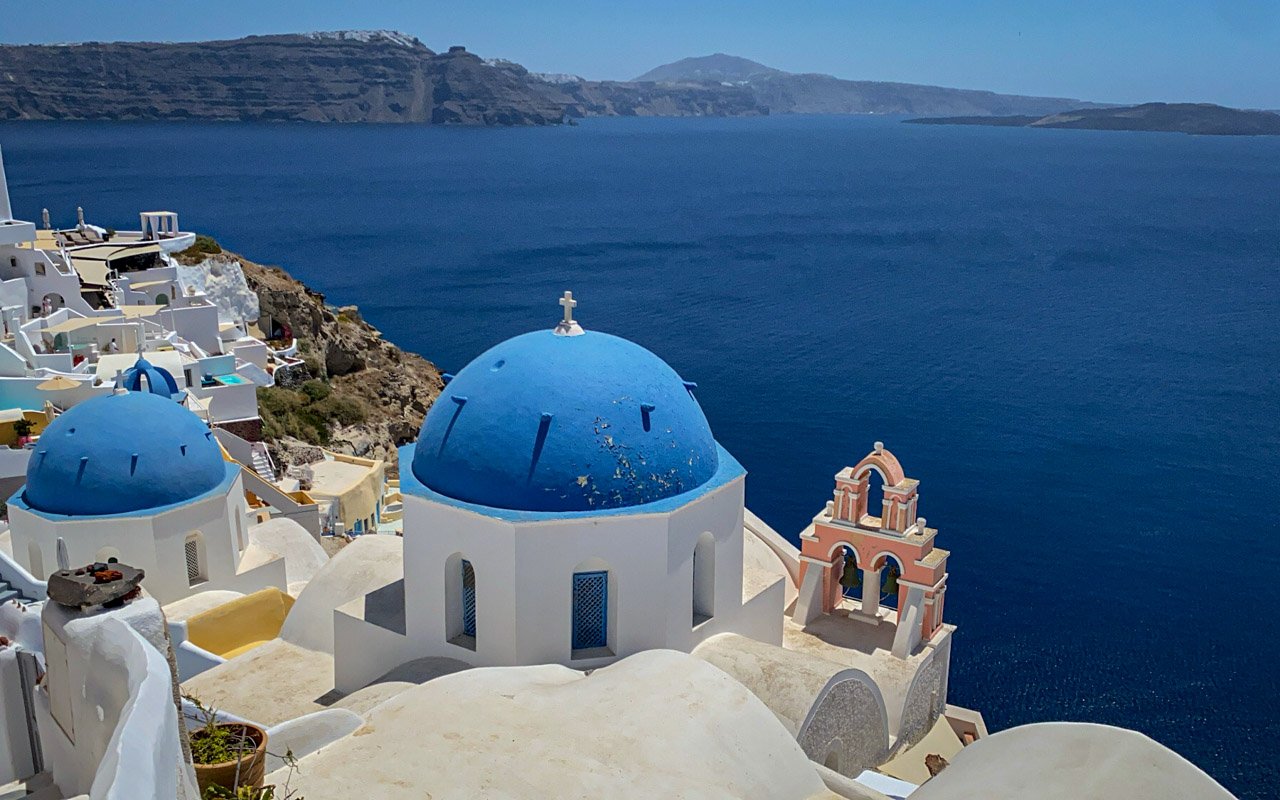
Scientists have recently discovered that rocks collected on Greece’s Santorini have an eerie resemblance to those on Mars.
Along with being one of the most popular tourist destinations in the entire Mediterranean, the Greek island of Santorini has become an excellent destination for comparative planet studies.
Many would be surprised to learn that the island is the result of a complex history of volcanic eruptions over the span of approximately two million years, during which the island’s physical characteristics were in a constant state of change.
In 1646 BC, a massive volcanic eruption, perhaps one of the largest ever witnessed by human beings, took place at Thera. The cataclysmic explosion was estimated to have a force equivalent to forty atomic bombs.
Rocks in Santorini are similar to those identified by rovers on Mars
Ioannis Baziotis, a researcher at the Agricultural University of Athens and co-author of the study, recently published in Icarus and explained that “In Balos Cove, located to the south of the island, we have discovered basalts such as those that have been identified by the rovers on Mars and with properties similar to those of certain meteorites from the red planet and those of terrestrial rocks classified as Martian analogues.”
More specifically, according to phys.org, the authors confirm that this basaltic material is equivalent to that discovered by the rovers “Spirit” and “Curiosity” in the Gusev and Gale craters on the planet of Mars.
Even more intriguingly, its chemical and mineralogical composition, that of olivine-phyric shergottites, resembles that of Martian meteorites and similar Martian samples included in the International Space Analogue Rockstore (ISAR), a collection of terrestrial rocks used to test and calibrate instruments scheduled for space missions.
“The basalts of this cove and other, similar ones that we have also found in two areas northeast of Santorini are quite abundant,” explains Baziotis, “so they can serve as an accessible and low-cost resource for experiments, instead of using the rare and expensive olivine-phyric shergottites collected on Earth or material laboriously prepared from synthetic mixes.”
The basalts of Balos Cove are “viable analogues” of the Martian surface
Another author, Anezina Solomonidou, a researcher at the European Space Astronomy Centre, run by the European Space Agency (ESA) near Madrid, agrees, saying that “Optical microscopy and geochemical analyses show that the basalts of Balos Cove are viable analogues for characterizing geological processes and chemical and mineralogical properties of materials present on the Martian surface.”
“In addition, this area of the island is easily accessible and offers excellent logistics for sampling, testing and instrument calibration, field training and other activities related to current and future Mars exploration,” she adds.
Phys.org reports that, according to Solomonidou, comparative planet studies “plays an important role both in characterizing geologically distant exotic worlds, such as planets and moons, and in better understanding our own planet.”
Related: Akrotiri, Santorini – The Bronze Age City Preserved in Volcanic Ash
See all the latest news from Greece and the world at Greekreporter.com. Contact our newsroom to report an update or send your story, photos and videos. Follow GR on Google News and subscribe here to our daily email!



